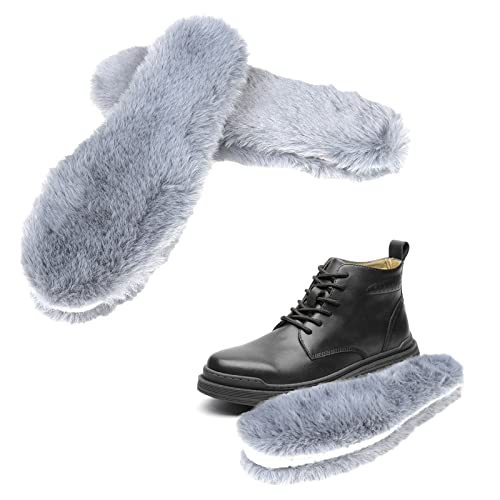Yes, that's what we've found - the quail most often raised for meat and eggs, coturnix (
coturnix is Latin for quail, so I don't call them coturnix quail

) do not go broody, even when given nest boxes, brush and grass to hide in, etc.
However...many years ago we had a few coturnix escape into the swamp on the edge of our property, and for years and years we continued to hear the distinctive crowing of the male coturnix out there. Either they were longest-living coturnix in history, or they found a way to reproduce on their own. My kids are fond of quoting Jurassic Park, "Life...finds a way."

But we never discovered any way to encourage them to do so in captivity.
Although we originally kept the quail on wire, we quit doing that when we discovered that keeping them on solid bedding greatly extended their lifespan (from 2 to 5-6 years), kept them much healthier (their feet weren't destroyed by scratching on the wire while they ate), and allowed them to maintain their feathers beautifully, which they couldn't do on wire even when we provided sand boxes.
Regarding hatch success, barring some exceptions due to power outages, we've always had between 80%-100% hatch rates with the coturnix, much more consistent than our chicken hatches. For good hatches we take the following precautions:
Reject eggs that are (or might be) cracked, or are very dirty.
As
@TamiPac points out, you have to be very careful about cracks in the eggs - cracks are hard to spot because of the coloration on the eggs, and because the membrane is so sturdy that a crack in the shell is not always easily noticed. We had a lot more trouble with cracks when we kept the quail on wire; now that we keep them on the ground in the grass in a tractor, we have very little trouble. We also find that it's another reason to keep the number of males to a minimum (1-2 cocks per 4-8 hens), which keeps the chasing and flailing around to a minimum as well.
Collect eggs multiple times a day.
This keeps the eggs clean, and out of harm's way from quail that are scratching, mating or bickering.
Let the eggs rest (but do turn them) before incubating, up to 10 days after they were laid.
Keep collected eggs at room temperature and turn them a minimum of 3-4 times a day.
We keep the eggs in egg cartons on a table in the living room where we will see them and remember to turn them, with one end of the carton propped up on a book; we rotate the carton in the morning, at bedtime, and at least 1 or 2 more times during the day. Even easier is to keep the eggs in an automatic turner, which fits in the old-style foam incubators but can also be used by itself on a table:
View attachment 42778
Jumbo coturnix eggs are plenty big enough to fit in the rails designed for chicken eggs; in fact many of them are too big to fit in the rails designed for quail. Anyway, with the auto turner you don't have to remember to keep turning the eggs yourself. We've never done anything in terms of regulating humidity or temperature; we just keep everything on the table.
Give the eggs an extra day in the incubator, at least, after the first ones start hatching.
Maybe it's because of thousands of years of domestication, but quail eggs don't seem to have nearly the hatching synchronization that chickens do. We frequently have eggs still pipping and successfully hatching 48 hours after the first chicks come out. We had a funny/sad episode when, after 36 hours of hatching, I dumped the remaining unhatched eggs over our 6' fence into the compost pile (which is warm, but we're in Alaska, so it's never
that warm). A few hours later we heard peeping that was undeniably quail-like. No less than
five more eggs had hatched after being tossed, and several more were pipped but didn't make it (probably from being thrown out of the incubator!). Collecting those "composted" chicks put that hatch at over 90%.

) do not go broody, even when given nest boxes, brush and grass to hide in, etc. However...many years ago we had a few coturnix escape into the swamp on the edge of our property, and for years and years we continued to hear the distinctive crowing of the male coturnix out there. Either they were longest-living coturnix in history, or they found a way to reproduce on their own. My kids are fond of quoting Jurassic Park, "Life...finds a way."
But we never discovered any way to encourage them to do so in captivity.






































